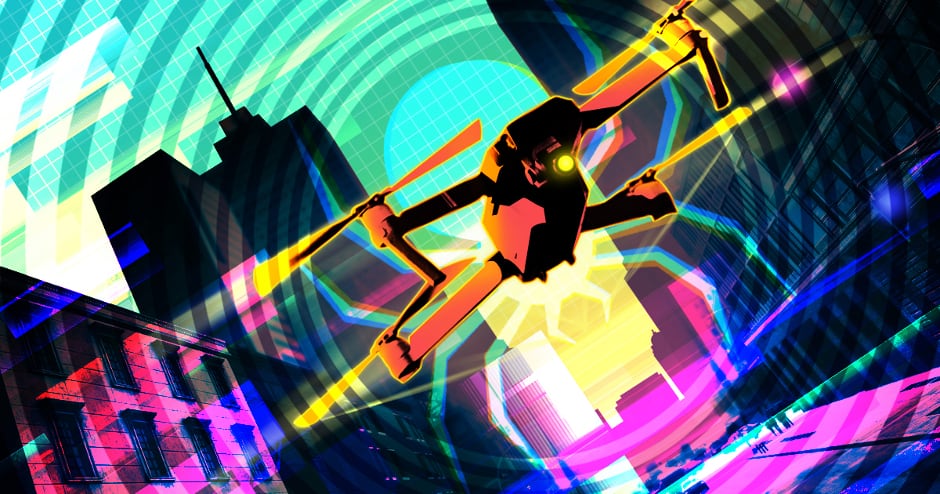
The sensors have been inspired by spiders, bats, birds and other animals whose senses are nerve endings linked to mechanoreceptors, which respond to mechanical stimuli.
The nerve endings – so-called mechanosensors – detect and process information essential to an animal’s survival and are comprised of hair, cilia or feathers.
“There is already an explosion of data that intelligent systems can collect – and this rate is increasing faster than what conventional computing would be able to process,” said Andres Arrieta, an assistant professor of mechanical engineering, whose lab applies principles of nature to the design of structures. “Nature doesn’t have to collect every piece of data; it filters out what it needs.”
According to Purdue, biological mechanosensors filter data according to a threshold, such as changes in pressure or temperature. A spider’s mechanosensors are located on its legs. When its web vibrates at a frequency associated with prey or a mate, the mechanosensors detect it, generating a rapid reflex in the spider. The mechanosensors wouldn’t detect a lower frequency, such as that of dust on the web, because it’s unimportant to the spider’s survival.
The idea would be to integrate similar sensors straight into the shell of an autonomous machine, such as an airplane wing or the body of a car. The researchers demonstrated in a paper published in ACS Nano that engineered mechanosensors inspired by the hairs of spiders could be customised to detect predetermined forces. In real life, these forces would be associated with a certain object that an autonomous machine needs to avoid.
The sensors developed at Purdue sense and filter very quickly and compute without needing a power supply.
“There’s no distinction between hardware and software in nature; it’s all interconnected,” Arrieta said in a statement. “A sensor is meant to interpret data, as well as collect and filter it.”
In nature, once a particular level of force activates the mechanoreceptors associated with the mechanosensor, these mechanoreceptors compute information by switching from one state to another.
Purdue researchers, in collaboration with Nanyang Technology University in Singapore and ETH Zürich, designed their sensors to do the same, and to use these on/off states to interpret signals. An intelligent machine would then react according to what these sensors compute.
These artificial mechanosensors are capable of sensing, filtering and computing very quickly because they are stiff, Arrieta said. The sensor material is designed to rapidly change shape when activated by an external force. Changing shape makes conductive particles within the material move closer to each other, which then allows electricity to flow through the sensor and carry a signal. This signal informs how the autonomous system should respond.
“With the help of machine learning algorithms, we could train these sensors to function autonomously with minimum energy consumption,” Arrieta said. “There are also no barriers to manufacturing these sensors to be in a variety of sizes.”










National Gas receives funding to develop Gravitricity underground hydrogen storage system
There can't possibly ever be a '<i>business</i>' case for the <i><b>bulk</b></i> storage of hydrogen, since Green hydrogen electrolysis...